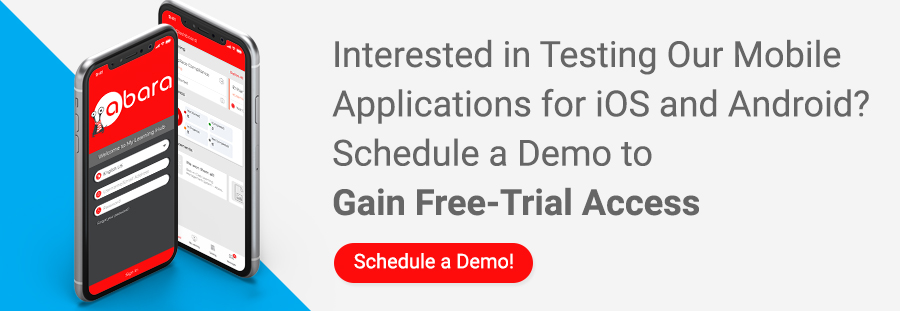Deploying an LMS is only the beginning of the story. The climax is making the LMS go through its paces and benefit all the stakeholders, which include the admin, as well as the trainees. As an organization, the LMS should benefit your employees or your learners. How the LMS benefits the users is dependent on its deployment and calibration. An organization should consider the requirements of its users to ensure an optimum result. Following are some of the ways how an organization can make an LMS work for them.
On this Page
Spending Time on the LMS
Post deployment, the administrator needs to thoroughly browse the LMS to understand every aspect of the system. Better familiarity with the system will result in efficient usage. It is a good idea to train the support staff to operate the LMS. This is helpful in cases where the admin is unavailable for an urgent requirement. A backup admin comes handy in this situation. Increased familiarity with the LMS helps the admin to further configure the LMS to suit the needs of the organization. This allows for maintaining a standard in the operation of the LMS. This way the organization can extract the most from the LMS.
Work the Automation
An LMS provides automation of various tasks to reduce manual effort. Tasks such as reporting and evaluation are automated. This includes providing progress reports of the trainees for their course completion, and the ability of the admin to set grades or marks for evaluation purposes. Furthermore, updates and reminders are automated in an LMS to a certain extent. As an organization, these automation tasks are of utmost importance owing to the sheer amount of data on hand. Assigning courses can also be automated in an LMS during configuration. When an individual joins an organization, the admin can add their details into the LMS and add them to a specific group or function. The LMS will immediately assign the orientation course and the basic requisite training courses to that individual.
Considering Learners’ Ease of Use of the LMS
To provide users with ease of using your LMS, a familiar user experience helps. Users feel comfortable with an interface which they find familiar. Popular layouts for the LMS include the most commonly browsed sites by the users. Specially requesting the vendor to tweak the aesthetics of the LMS to suit the requirements can help, including white labelling and custom branding. Users who feel at home can extract the most of the LMS. Furthermore, features such as the ability to search any course on the LMS with ease and the option to tweak the aesthetic appeal can be beneficial for the stakeholders. Providing quick tutorials on how to operate an LMS through a guided walk-through also helps.
Pitching in Something Extra
The secret to a successful LMS is providing the users with something extra. Minor details such as pushing out course updates, reminders, important updates for the course as well as the LMS, among others to the most visible region of the LMS UI is the difference between a good LMS and a better one. Involving the user to the maximum extent is the best policy. Proving features such as gamification, leader boards, certifications, and badges breed healthy competition among the users. Moreover, the presence of external links to videos and animations for further understanding of the topics make a major difference, making your LMS standout and work for your organization and users alike.
Ability to go Social
In the day and age of social media, users love having an option to share their activities with their friends over social media. Posting a Facebook update or a small tweet about the course undertaken has a value addition effect on your LMS through free publicity of your courses on offer. This could result in an increased in-flow of interested candidates looking to pursue your courses. The availability of in-app messaging, social media logins, integration of social media comments, and forums allow the users make the most of the LMS. Furthermore, providing previews of the popular discussions on the forums provides increased interaction points to the users.
An LMS will work for your organization if the users can access, navigate, and consume the data with ease. For an organization, a user-centric approach will help in making the LMS work for the organization and the users alike. Any deviation in the approach could dilute the impact and mar the results. Moreover, the ability to administer an LMS is also important. An LMS is expected to reduce effort and produce improved results. Making the most of all the available features will help you get the most of your LMS and ensure that the LMS works for you.

